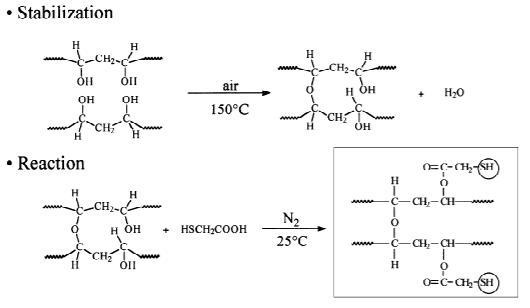How to repair a broken hard drive
If you are reading this article, alas, I think you are in real trouble! Surely you had important data on that hard disk and everything has evaporated into nothing. Years of photos, various jobs, personal data of any kind gone up in smoke.
When you break a hard drive in general you never think about the damage of the hard drive per se … rather you immediately try to understand what is really important inside. It is for this reason that the password when breaking a hard disk is primarily to recover all the data!
So if you no longer hear that noise from the internal motor, first try to check the following factors:
Check that the cables are working properly. It seems a triviality but is generally the main cause of the problems. Check that both the power cable and the transfer cable are working or connected correctly.
Check Smart Attributes . If the hard disk turns on but does not work properly you could check the SMART data that each hard disk has. This is a hard drive monitoring system that contains various indicators that allow you to detect failures inside the hard drive.
When an error is anticipated by SMART and the drive is returned to the manufacturer, it uses SMART data to find out where the failures are located and prevent them from reoccurring in the next generation of hard drives. By observing SMART data and outliers you can trace the origin of the problem. For a more detailed guide on the subject go to the guide of our site: SMART (there is a part of this article that talks about it).
Also to view the SMART parameters of your hard disk use Crystal Disk Info.
Check that it is not a mechanical problem : this is a very serious problem. If the engine or some other mechanical part is seriously damaged, avoid the plague of tampering with the hard disk but have it repaired in a clean room by a specialized company. Tampering with the hard disk could completely compromise data recovery even if you subsequently entrust it to expert and specialized hands! When the problem is mechanical, you will understand it immediately! In fact strange noises will come out (even repetitive) from the hard disk! If the problem is mechanical, avoid turning it on because the discs could be irreparably scratched.
PCB problem : It is the typical problem that occurs when the hard disk does not turn on. Typically this type of problem is solvable. The PCB is essentially the electronic card that commands data transfer to a hard disk. You will see it immediately when you are holding a hard disk because it is located on the outside.
Power is connected to this card and everything else so if it doesn’t work the hard disk won’t turn on and won’t transfer data. By taking it apart (do it only if you are really capable of doing it) you can replace it with a fully functional one taken from another hard disk. In many cases (firmware permitting, depending also on the brand) the hard disk could restart, but this is not always valid.
You cannot view the files: the hard disk works but due to incorrect formatting attempts you are no longer able to view the files present in it. In this case it is good to rely on the programs to recover the data: the latter are equipped with an algorithm that allows you to extract the recoverable files from the device.
Well! Now that you know how to repair your hard drive, get down to business. Try to identify which of the points is right for you and get busy. I anticipate immediately that opening a hard disk without the necessary precautions (clean room) is equivalent to damaging it, because the dust goes to position itself on the disks and you can therefore say goodbye to your hard disk, so the advice is always the same: do not open it.
Whatever your doubt, you are still invited to interact in the comments, so that we can help you. Soon we will discover some interesting methods to solve various problems in hard drives, so don’t miss the next episodes
Disclaimer: I do not take any responsibility for damage or actions performed on your hard disk just for writing a guide with a single illustrative and cognitive purpose. Opening or tampering with a hard drive always involves high risks for your data, so never do it when you are faced with important data. Even recovery or repair with software can be harmful if not able to apply with due caution. Whatever you do is at your own risk because it is done by you, so the responsibility is entirely yours!
